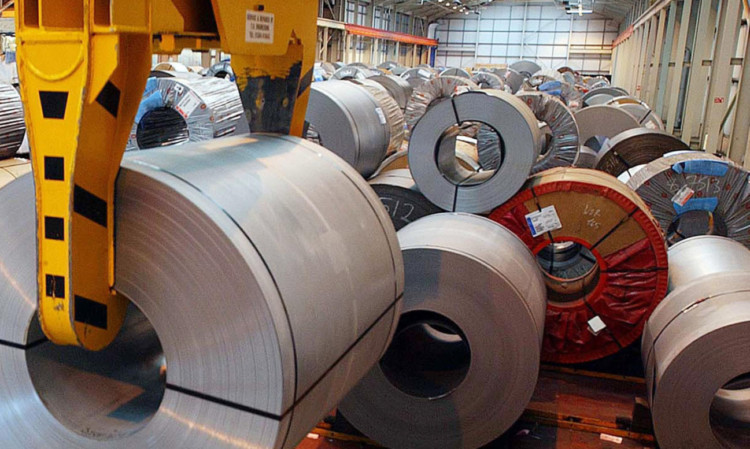Britain’s factories are “booming again” after output grew at its strongest pace for almost two decades during August.
The new figures from purchasing managers will add hopes the UK is on track to achieve sustainable recovery and grow its once-powerful industrial base, which remains well behind its pre-recession peak.
Activity rose to a reading of 57.2, its best level since February 2011, in the latest Markit/CIPS purchasing managers’ index (PMI). A score of above 50 denotes growth, below contraction.
Output rose at the fastest pace since July 1994 while new orders increased at their strongest pace since August 1994.
Rob Dobson, senior economist at survey compilers Markit, said: “The UK’s factories are booming again.”
He said rising demand from domestic customers was accompanied by a return to growth of the eurozone, Britain’s largest trading partner.
Jobs increased for the fourth month running, though this measure was described as “muted” with companies trying to squeeze more from existing resources. Manufacturers also faced having to absorb the soaring costs of oil and raw materials.
The improvement was the latest buoyant update on Britain’s economic progress, after revised gross domestic product figures showed it grew by a better-than-expected 0.7% in the second quarter.
Improvement in the manufacturing sector is especially welcome amid concerns that the economy needs to be rebalanced towards traditional industry.
However, the accelerating growth has added to speculation that interest rates may have to be raised from their historic low of 0.5% sooner than 2016 which is the figure suggested by the Bank of England’s forward guidance policy.
